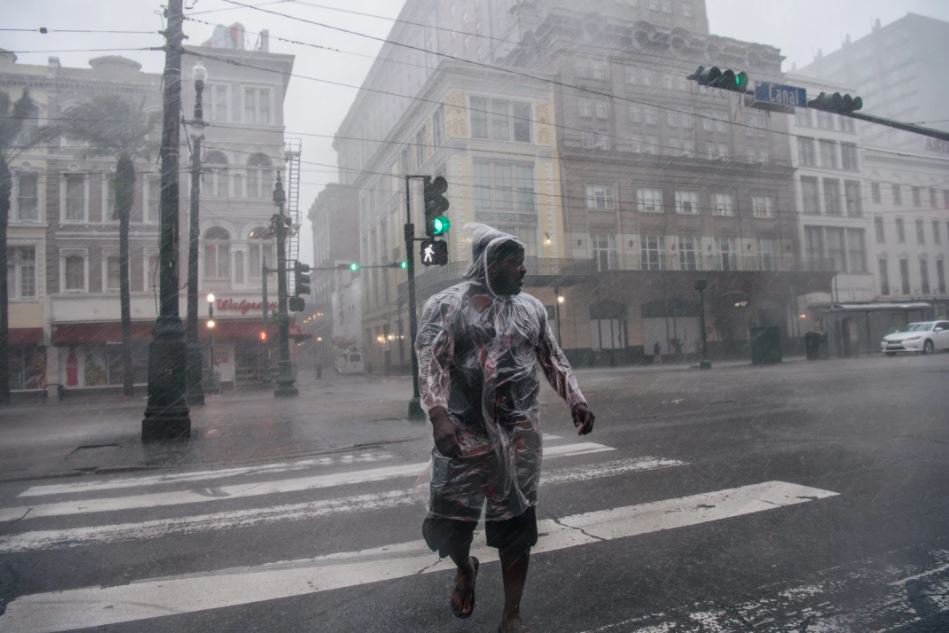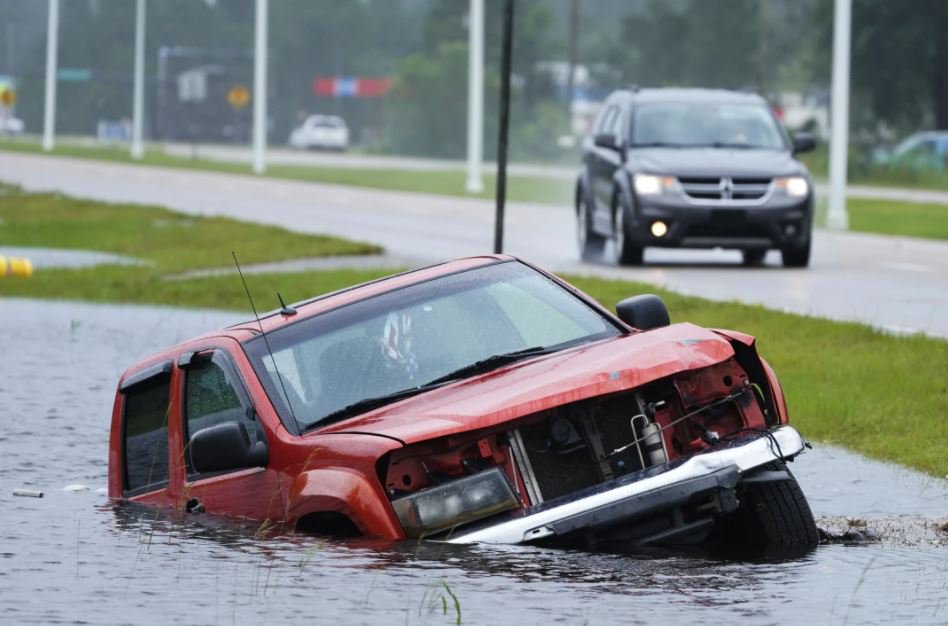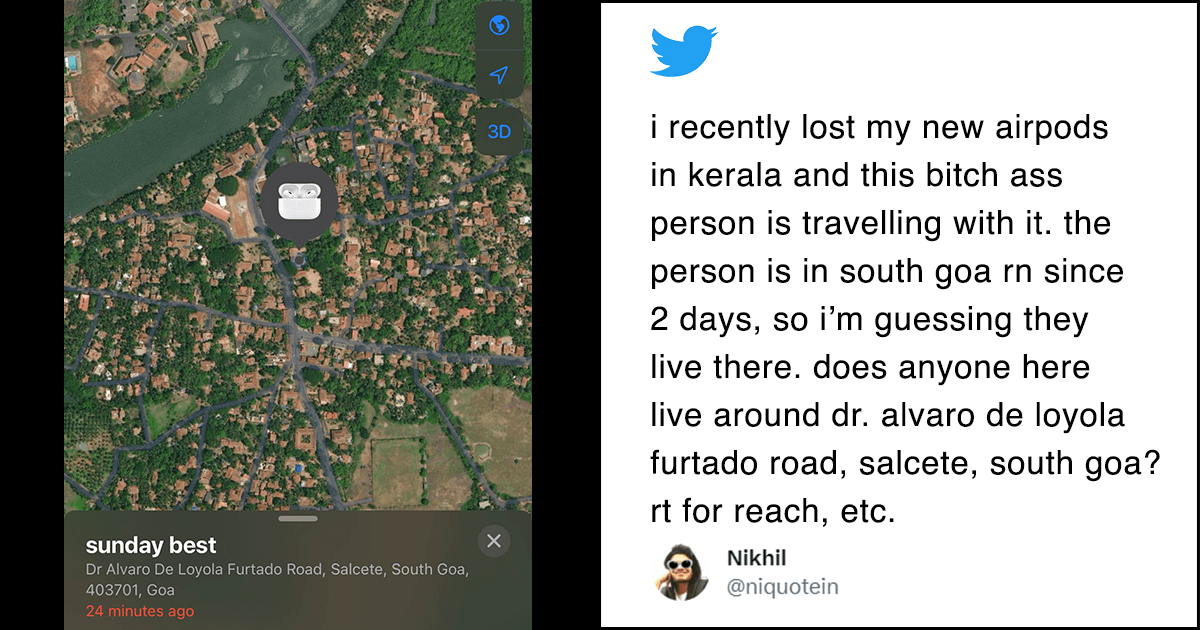According to Reuters, the hurricane made landfall in Louisiana on Sunday and slammed towards the state from the Gulf of Mexico.
New Orleans was still without electricity almost 24 hours after Hurricane Ida smashed into the Louisiana shore, precisely 16 years after Hurricane Katrina wreaked havoc on the city.
#HurricaneIda 🌀 is pictured from the the station as a category 2 storm on Aug. 28 in the Gulf of Mexico. More pix… https://t.co/3Qb9by5TK7 pic.twitter.com/no3Vnr9ruC
— International Space Station (@Space_Station) August 30, 2021
Have a look at the visuals showing damage, flooding from Hurricane Ida.
WOW! Time-Lapse of #HurricaneIda courtesy of @HurricaneTrack at the Frenier Landing Restaurant in LaPlace… #LAwx pic.twitter.com/rOhvfWdyXj
— Rob Perillo (@robperillo) August 30, 2021
Before and after security camera footage from Fire Station #12 in Delacroix within a 1 hour time span. #idahurricane #HurricaneIda #Hurricane #Category4 pic.twitter.com/9PL8V9KySA
— St. Bernard Parish (@StBGov) August 29, 2021
We just did a flyover to survey damage in South Louisiana. A thread with photos:
— Rep. Garret Graves (@RepGarretGraves) August 30, 2021
Photos from Grand Isle, Fourchon, Houma and Laplace. pic.twitter.com/9nuqaQax8r
Mandeville was hit hard by #Ida— this is near Golden Glen. Most every house has a tree on it or near it. Awful… @NWSNewOrleans pic.twitter.com/lAUwcLTcX6
— Eric Blake 🌀 (@EricBlake12) August 30, 2021



Scientists have warned that as the ocean surface warms owing to climate change, cyclone activity will increase, posing a greater hazard to the world’s coastal communities.

















